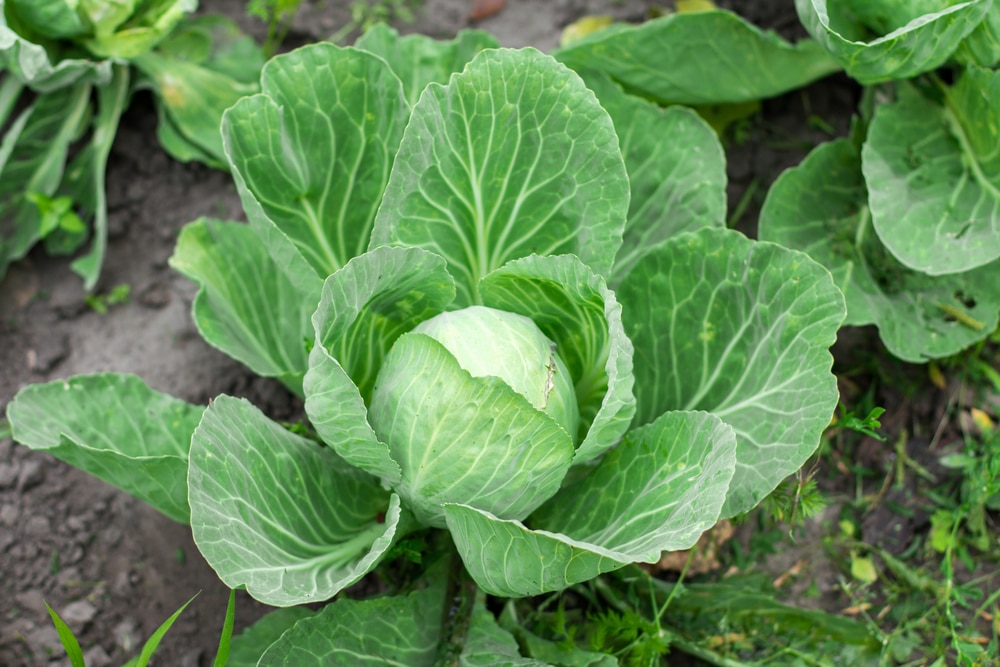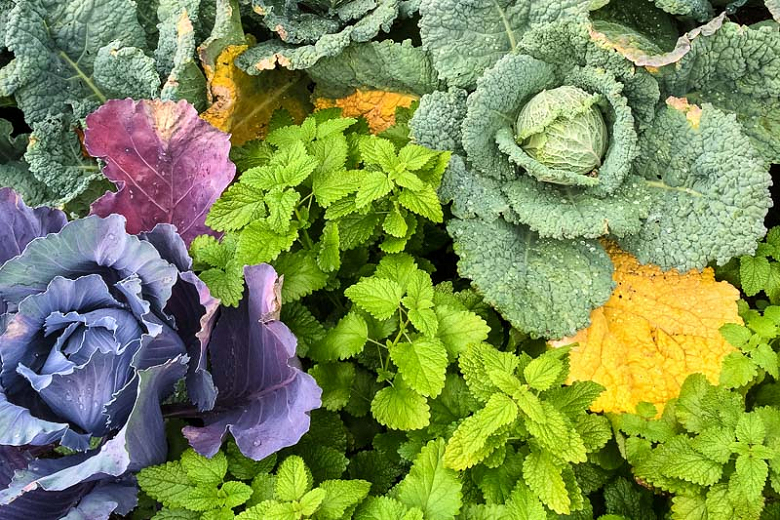The Best Companion Plants For Peppermint
The Best Companion Plants for Peppermint
Peppermint is a versatile herb that can be used in a variety of ways, from adding a refreshing flavor to teas and desserts to repelling pests in the garden. But did you know that there are certain plants that can actually benefit from being planted near peppermint?
In this blog post, we will discuss the best companion plants for peppermint. We will also talk about why these plants are beneficial to peppermint and how to plant them together.
Why Plant Companion Plants?
Companion planting is a gardening practice that involves planting certain plants together to benefit each other. There are many different reasons why you might want to plant companion plants, but some of the most common benefits include:
- Attracting beneficial insects: Some plants attract beneficial insects, such as ladybugs and pollinators, which can help to control pests in your garden.
- Reducing the need for pesticides: If you plant companion plants that repel pests, you may be able to reduce or even eliminate the need for pesticides in your garden.
- Improving soil health: Some plants can improve soil health by adding nutrients or helping to break down organic matter.
- Enhancing flavor: Some plants can enhance the flavor of other plants when they are planted together.
The Best Companion Plants for Peppermint
There are many different plants that can be good companion plants for peppermint. Here are a few of the best:
- Carrots: The strong scent of peppermint can help to repel carrot root flies, which are a common pest of carrots.
- Marigolds: Marigolds attract beneficial insects, such as ladybugs and lacewings, which can help to control pests in your garden. They also help to improve soil health by adding nitrogen.
- Cabbage: The strong scent of peppermint can help to repel cabbage moths, which are a common pest of cabbage.
- Beans: Peppermint can help to improve the growth of beans by attracting beneficial insects and improving soil health.
- Tomatoes: Peppermint can help to improve the flavor of tomatoes and repel pests such as aphids.
- Sage: Sage can help to repel cabbage moths and other pests, and it also complements the flavor of peppermint in cooking.
- Chamomile: Chamomile attracts beneficial insects and improves soil health. It also makes a great tea with peppermint leaves.
- Lettuce: Peppermint can help to repel slugs, so plant it near your lettuce if slugs are a problem in your area.
How to Plant Companion Plants
When planting companion plants, it is important to consider the size and growth habits of the plants. For example, peppermint is a spreading plant, so you will need to plant it in a spot where it has room to spread. You will also need to make sure that the companion plants you choose will not be harmed by the strong scent of peppermint.
To plant companion plants, simply dig a hole that is large enough for the roots of the plants. Place the plants in the hole and backfill with soil. Water the plants well and mulch around them to help retain moisture.
Conclusion
Planting companion plants is a great way to improve the health and productivity of your garden. By planting peppermint with the right companion plants, you can repel pests, improve soil health, and enhance the flavor of your crops.
Peppermint is a versatile herb that can be used in a variety of ways, from cooking to making tea to freshening breath. But did you know that peppermint can also be a great companion plant for other herbs?
The strong scent of peppermint can help to repel pests, such as aphids, cabbage moths, and carrot root flies. It can also help to improve the flavor of other plants, such as tomatoes, carrots, and cabbage.
Some of the best companion plants for peppermint include:
- Tomatoes: Peppermint can help to improve the flavor of tomatoes and deter pests such as aphids.
- Carrots: Peppermint can help to deter the carrot root fly and improve the flavor of carrots.
- Cabbage: Peppermint can help to repel cabbage moths and improve the flavor of cabbage.
- Beans: Peppermint can help to deter aphids and improve the growth of beans.
- Marigolds: Marigolds can help to deter nematodes, which can be a problem for peppermint plants.
If you're looking for ways to improve the health and flavor of your garden, consider planting peppermint near some of these companion plants. For more information about companion planting with peppermint, visit Garden Wiki.
FAQ of companion plants for peppermint
Q: What are the best companion plants for peppermint?
A: Some of the best companion plants for peppermint include:
- Carrots: Mint helps deter the carrot root fly and is said to improve the flavor of carrots.
- Broccoli: Mint helps repel cabbage flies and helps improve the growth of broccoli.
- Cabbage: Mint helps repel cabbage flies. Mint is a good companion to cabbage, improving its health and flavor.
- Beans: Mint is said to help deter bean beetles from attacking bean plants.
- Marigolds: Marigolds help repel pests such as aphids, beetles, and caterpillars. They also attract beneficial insects, such as ladybugs and lacewings, which help to control pests.
- Dill: Dill attracts pollinators, such as bees and butterflies, which help to pollinate other plants in the garden. It also helps to repel pests, such as carrot flies and cabbage moths.
- Lavender: Lavender has a strong scent that deters pests, such as mosquitoes, flies, and ants. It also attracts pollinators, such as bees and butterflies.
- Chamomile: Chamomile attracts beneficial insects, such as ladybugs and lacewings, which help to control pests. It also helps to improve soil quality.
Q: What plants should I avoid planting near peppermint?
A: Some plants that you should avoid planting near peppermint include:
- Rosemary: Rosemary and other Mediterranean herbs enjoy drier soils and more arid growing conditions and won't enjoy the moisture required by your mint plants.
- Strawberries: Both strawberries and mint are susceptible to the same fungal disease, namely verticillium wilt, so it is best to keep them in separate beds to help prevent the spread of disease.
- Other mint varieties: If you are planting peppermint, it is best to avoid planting other mint varieties nearby, as they can cross-pollinate and create new varieties that may not be as desirable.
Q: How do I plant peppermint with other companion plants?
A: When planting peppermint with other companion plants, it is important to consider the size and growth habit of each plant. Mint is a vigorous grower, so it is best to plant it in the center of the garden bed, surrounded by other plants that can tolerate its shade. You should also plant mint in its own pot or container if you are concerned about it spreading.
Q: How do I care for peppermint companion plants?
A: The care requirements for peppermint companion plants will vary depending on the specific plants. However, in general, you should water your plants regularly, especially during hot weather. You should also fertilize your plants every few months with a balanced fertilizer.
Image of companion plants for peppermint
5 different images of companion plants for peppermint from Pinterest:
- Cabbage: Peppermint can help repel cabbage moths and other pests that can damage cabbage plants.

- Kohlrabi: Like cabbage, kohlrabi can benefit from peppermint's pest-repelling properties.

- Broccoli: Peppermint can also help improve the flavor of broccoli.

- Kale: Kale is another vegetable that can benefit from peppermint's pest-repelling properties.

- Marigolds: Marigolds are not technically herbs, but they are often grown in herb gardens because they can help repel pests. Peppermint and marigolds can be planted together to create a pest-free zone in your garden.

Post a Comment for "The Best Companion Plants For Peppermint"